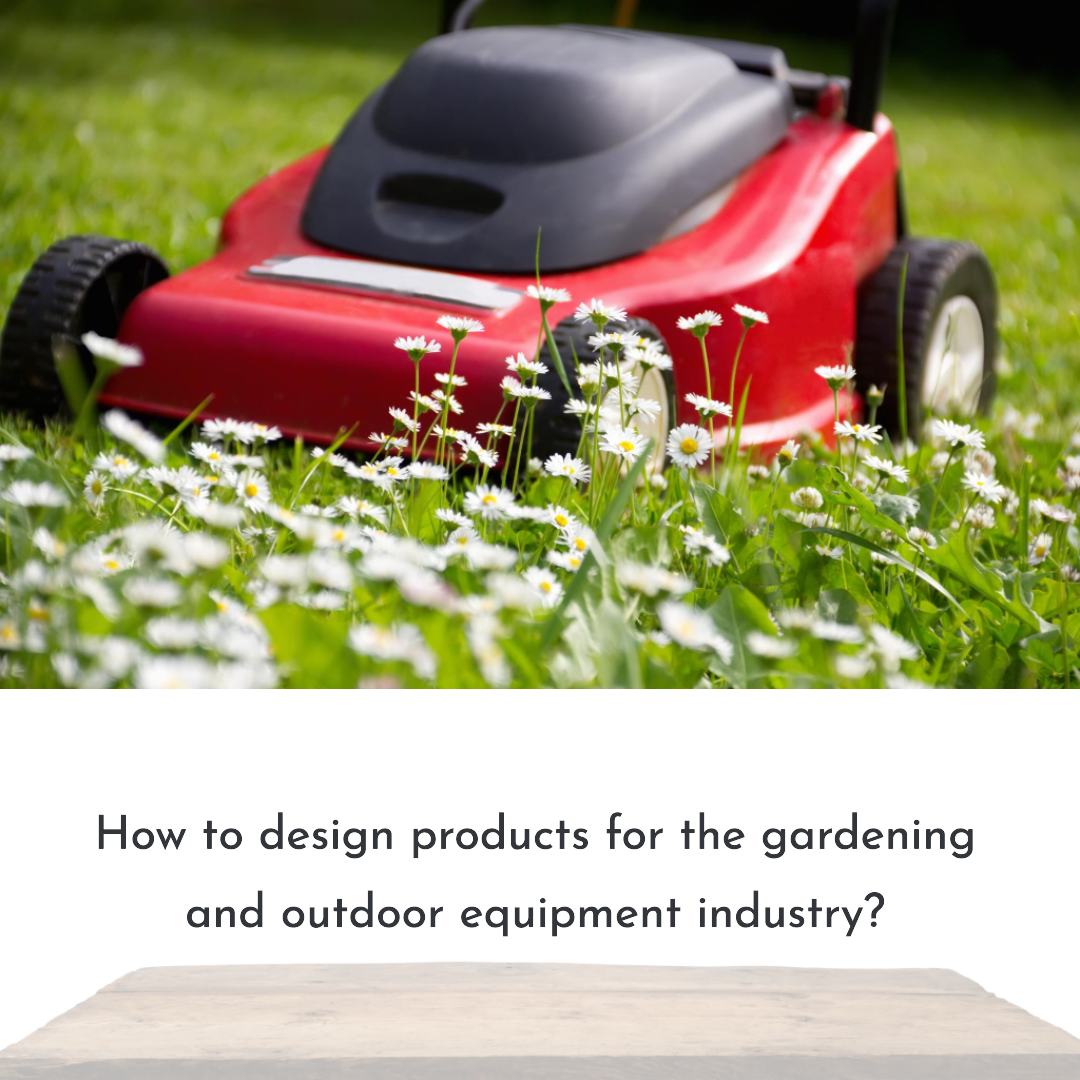How to design products for the gardening and outdoor equipment industry?
Introduction
The gardening and outdoor equipment industry is a large and growing market. In 2023, the global lawn and garden equipment market is expected to reach $96.2 billion. This growth is being driven by a number of factors, including the increasing popularity of home gardening, the growing demand for sustainable products, and the development of new technologies.
To be successful in this market, designers need to be able to create products that are both functional and durable, and that meet the needs of a wide range of consumers, from hobby gardeners to professional landscapers. In this blog article, we will discuss the essential steps involved in designing products for the gardening and outdoor equipment industry. We will also provide tips on how to market and sell your products once they are finished.
Step 1: Understand your target market
The first step in designing any product is to understand your target market. In the gardening and outdoor equipment industry, your target customers may include:
- Home gardeners
- Professional landscapers
- Golf courses
- Parks and recreation departments
- Cemeteries
- Sports fields
- Commercial properties
- Homeowners associations
To understand your target market, you can conduct market research, interview gardeners and landscapers, and analyze customer feedback. You should also consider the following factors:
- What are the biggest challenges faced by gardeners and landscapers today?
- What new technologies and trends are emerging in the industry?
- What are the unmet needs of gardeners and landscapers?
Step 2: Identify opportunities for innovation
Once you understand your target market, you can start to identify opportunities for innovation. The gardening and outdoor equipment industry is constantly evolving, so there are always new opportunities to create new and better products.
When looking for opportunities to innovate, consider the following:
- Emerging technologies: Can you use new technologies to create products that are more efficient, durable, or affordable?
- Changing gardening and landscaping practices: How are the gardening and landscaping practices of consumers changing over time? Can you create products that meet these new needs?
- Unmet needs: What are the unmet needs of gardeners and landscapers? Can you create products that address these needs?
Step 3: Develop your product concept
Once you have identified an opportunity for innovation, you can start to develop your product concept. This involves defining the problem that your product solves, identifying the key features and benefits of your product, and developing a prototype.
When developing your product concept, it is important to keep gardeners and landscapers in mind. Make sure that your product solves a real problem for them and that it offers features and benefits that they value.
Step 4: Test and refine your product
Once you have a prototype of your product, it is important to test it thoroughly. This will help you to identify any areas where your product needs improvement.
You can test your product with a variety of people, including home gardeners, professional landscapers, and industry experts. Get their feedback on the design, functionality, and durability of your product.
Use the feedback you receive to refine your product design. Make sure that your product is easy to use, durable, and meets the needs of gardeners and landscapers.
Step 5: Launch your product
Once you are satisfied with your product design, you are ready to launch your product to the market. This involves developing a marketing and sales strategy, and getting your product into the hands of potential customers.
You can market your product through a variety of channels, including online and offline advertising, social media, and public relations. You can also sell your product through traditional retail stores or through your own online store.
Additional tips for designing products for the gardening and outdoor equipment industry
- Focus on ergonomics and safety: Gardeners and landscapers often spend long hours working with their equipment, so it is important to design products that are ergonomic and safe to use.
- Make your products easy to maintain: Gardeners and landscapers need products that are easy to maintain and repair. Make sure that your products have easy-to-follow instructions and that replacement parts are readily available.
- Design your products for durability: Gardeners and landscapers need products that can withstand the rigors of outdoor use. Make sure that your products are made from durable materials and that they are built to last.
- Get feedback from gardeners and landscapers early and often: When developing and testing your product, be sure to get feedback from gardeners and landscapers of all skill levels. This will help you to ensure that your product meets the needs of the market.








